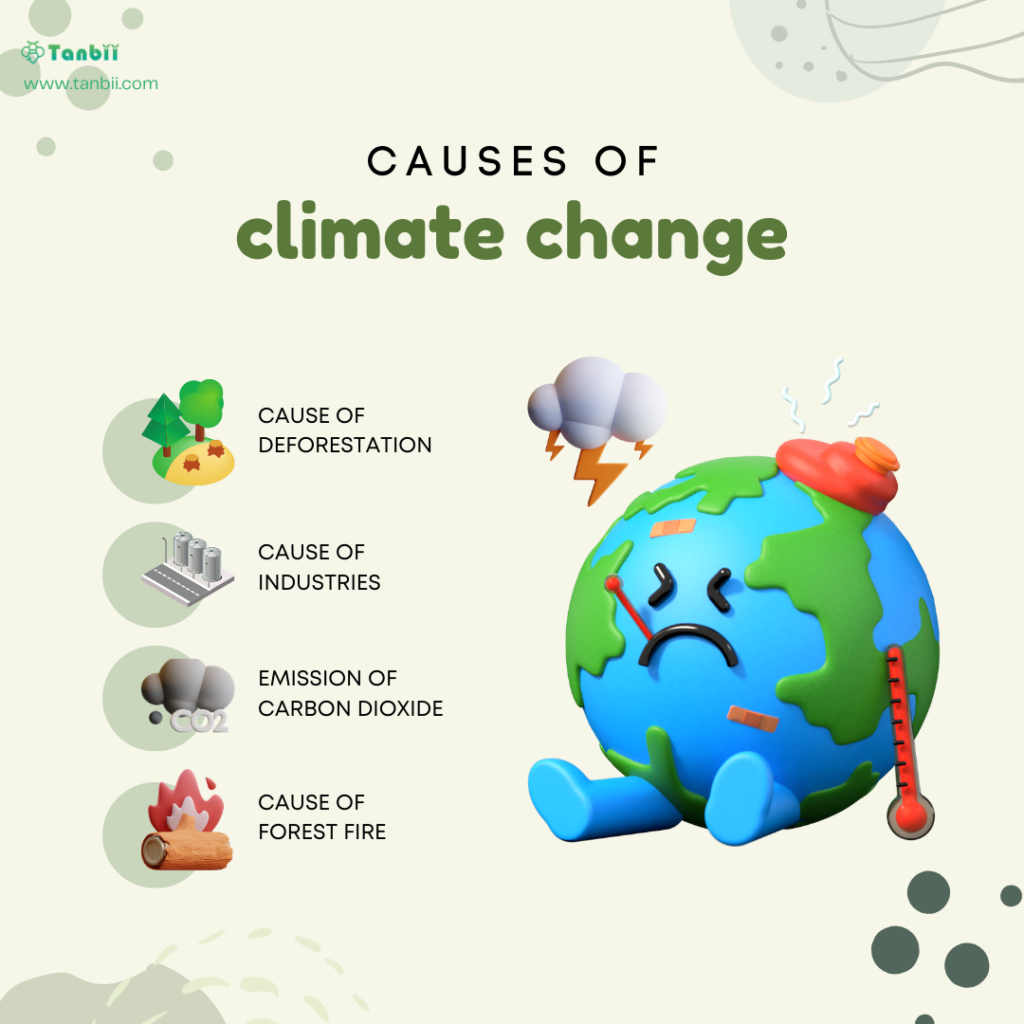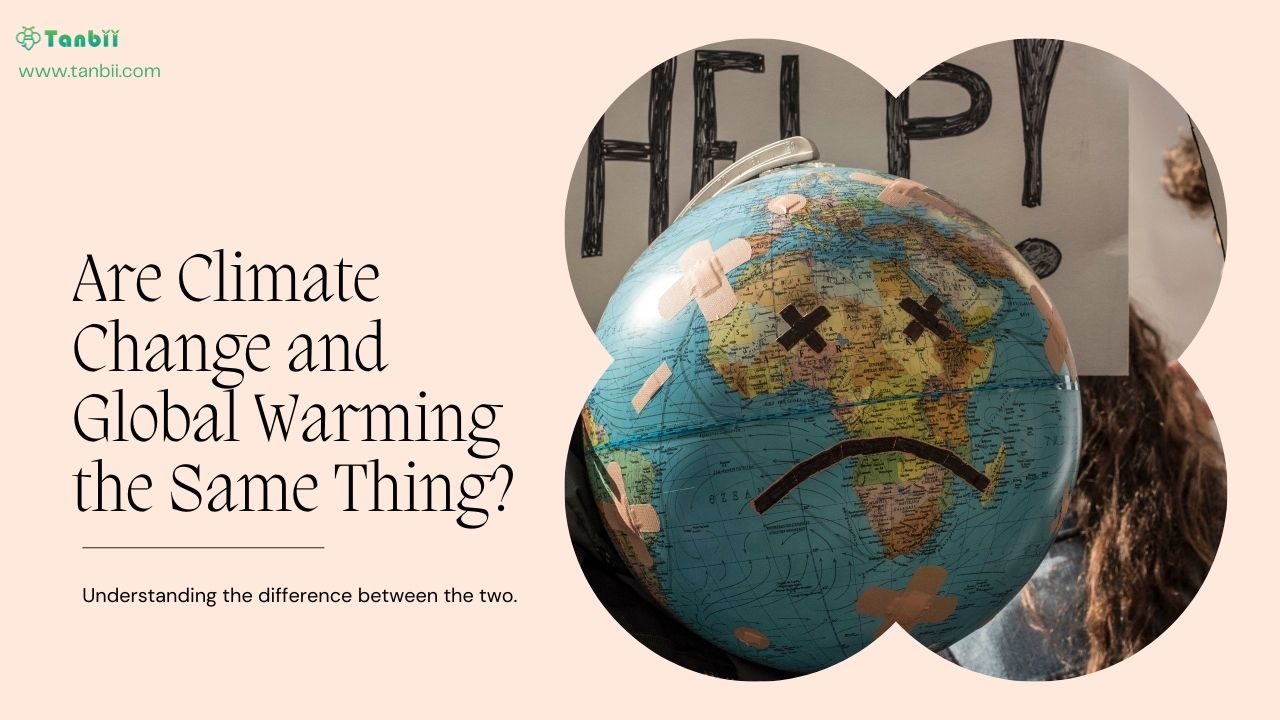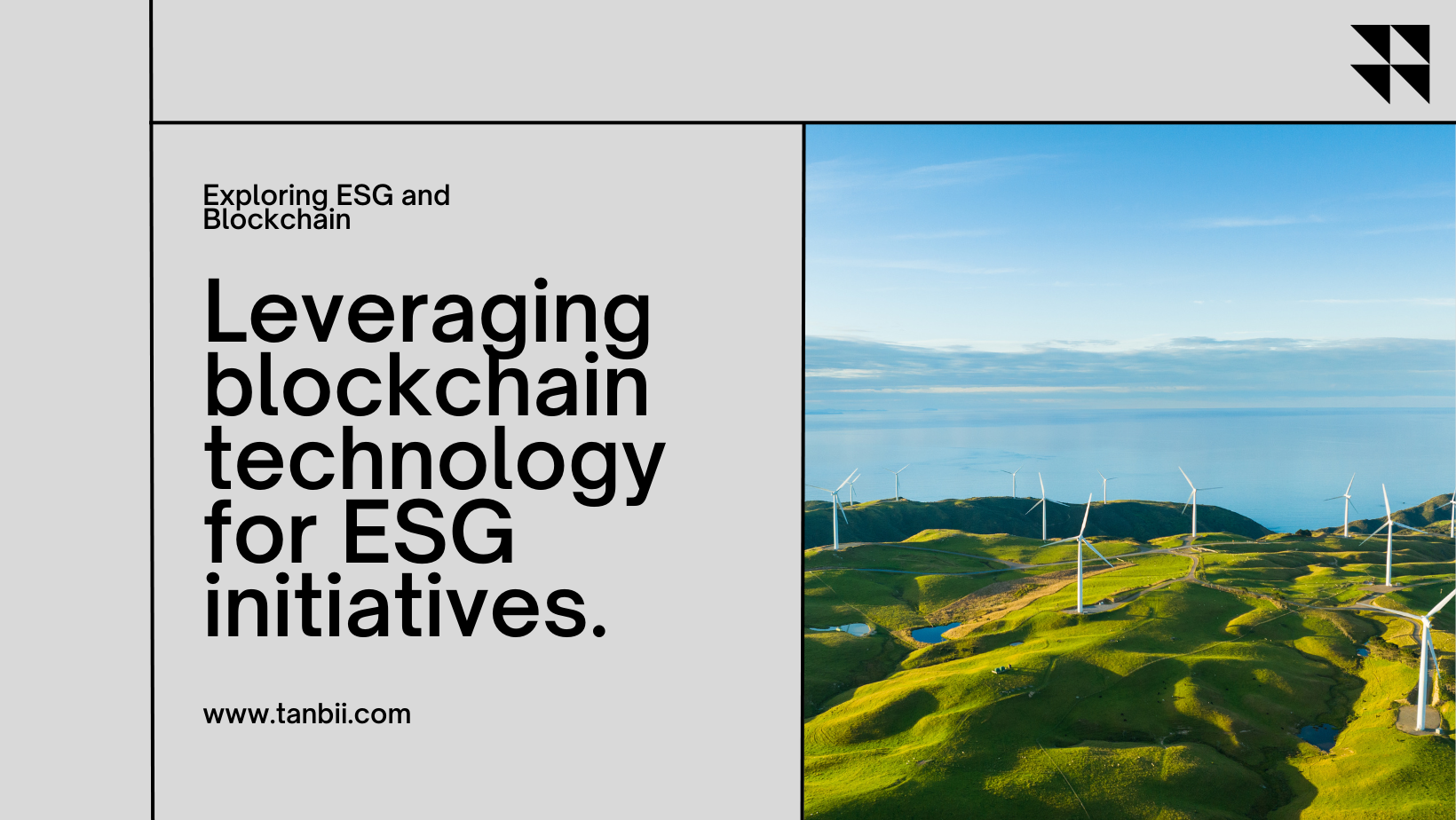In recent years, discussions surrounding climate change and global warming have become increasingly prevalent. However, there remains a significant amount of confusion regarding whether these terms are interchangeable or if they represent distinct phenomena. In this article, we aim to delve into the intricacies of climate change and global warming, elucidating their similarities, differences, and the nuanced implications of each.
Understanding Climate Change
Climate change refers to the long-term alteration of temperature and typical weather patterns in a specific region or globally. It encompasses various factors such as temperature fluctuations, precipitation changes, and shifts in wind patterns. Climate change can result from both natural processes and human activities, including deforestation, industrialization, and the burning of fossil fuels.
Causes of Climate Change

The primary drivers of climate change include:
-
- Greenhouse Gas Emissions: The release of greenhouse gases, such as carbon dioxide (CO2), methane (CH4), and nitrous oxide (N2O), traps heat in the Earth’s atmosphere, leading to a warming effect known as the greenhouse effect.
-
- Deforestation: The clearing of forests diminishes the Earth’s capacity to absorb CO2, exacerbating the greenhouse effect and contributing to climate change.
-
- Industrialization: Industrial activities release significant amounts of greenhouse gases and other pollutants into the atmosphere, intensifying the greenhouse effect and altering global climate patterns.
Impacts of Climate Change
Climate change manifests in various adverse effects, including:
-
- Rising Temperatures: Global average temperatures have been steadily increasing, resulting in more frequent and intense heatwaves.
-
- Melting Ice Caps and Glaciers: The warming climate accelerates the melting of polar ice caps and glaciers, contributing to rising sea levels.
-
- Extreme Weather Events: Climate change amplifies the frequency and severity of extreme weather phenomena, such as hurricanes, droughts, and floods.
-
- Ecological Disruption: Shifts in climate patterns disrupt ecosystems, endangering biodiversity and threatening the survival of numerous species.
-
- Social and Economic Disparities: Vulnerable communities, particularly in developing countries, bear the brunt of climate change impacts, exacerbating social inequalities and economic disparities.
Exploring Global Warming
Global warming specifically refers to the ongoing increase in global average temperatures, primarily attributed to human activities that intensify the greenhouse effect. While closely intertwined with climate change, global warming specifically focuses on the rising temperature trend observed on a global scale.
Mechanisms of Global Warming
The mechanisms driving global warming parallel those of climate change, with a primary emphasis on:
-
- Greenhouse Gas Emissions: Anthropogenic activities, such as burning fossil fuels for energy production, transportation, and industrial processes, emit greenhouse gases that trap heat in the atmosphere, leading to a warming trend.
-
- Feedback Loops: Certain feedback mechanisms, such as the melting of polar ice caps and the release of methane from thawing permafrost, exacerbate global warming by amplifying the initial warming effect.
Consequences of Global Warming

The consequences of global warming mirror those of climate change but are specifically tied to the overarching trend of rising global temperatures. These include:
-
- Temperature Extremes: Global warming intensifies heatwaves and exacerbates temperature extremes, posing significant risks to human health, agriculture, and ecosystems.
-
- Sea Level Rise: As global temperatures increase, thermal expansion and the melting of polar ice contribute to rising sea levels, threatening coastal communities and habitats.
-
- Ecosystem Disruption: Shifts in temperature and precipitation patterns disrupt ecosystems worldwide, leading to habitat loss, species extinction, and ecological imbalance.
-
- Water Scarcity: Changes in precipitation patterns exacerbate water scarcity in regions already vulnerable to drought, impacting agriculture, freshwater availability, and human livelihoods.
In conclusion, while climate change and global warming are often used interchangeably, they represent distinct aspects of the broader phenomenon of environmental degradation. Climate change encompasses the complex interplay of various climatic factors, including temperature, precipitation, and weather patterns, influenced by both natural processes and human activities. On the other hand, global warming specifically denotes the sustained increase in global average temperatures, primarily driven by anthropogenic greenhouse gas emissions. Learn more about Sustainability and Solutions to fight climate change in the other blog. By understanding the nuances of these concepts, we can better address the multifaceted challenges posed by environmental degradation and work towards sustainable solutions for future generations.
Join the Tanbii Community
Interested in learning more about reducing your carbon footprint and fight the climate change? Join the Tanbii Community and Download Tanbii App now! Together, let’s make sustainable choices for a better future



